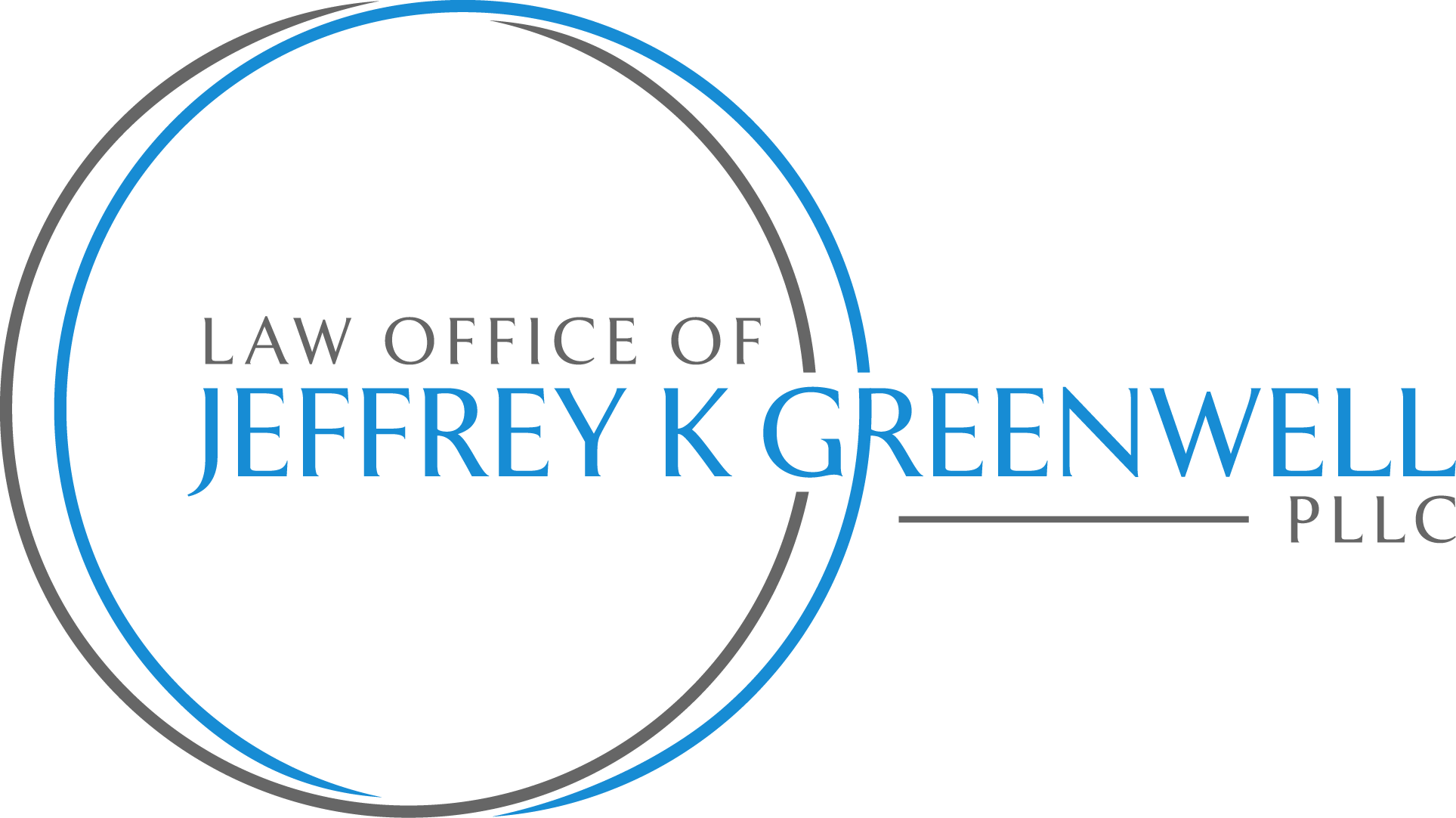Student loans are not just burdening recent graduates. They’re now directly hurting people you wouldn’t expect. And dragging down the whole economy.
Recent college graduates are clearly hurting in this economy as they come out of school and enter the job market. The national unemployment rate has come down from the Great Recession high of 10.0% in October 2009 to 8.2% in May 2012. But it’s the persistence of extraordinarily high unemployment that is hurting young graduates. Only one other time since the Great Depression of the 1930s had the unemployment rate hit 10%, during the recession of 1981-82. But then, like in most other modern recessions, a strong recovery reduced the unemployment rate quite quickly, in that case down to 7.2% in less than two years. In contrast the current recent graduates are trying to claw their way into their first career jobs in the midst of a “jobless recovery.”
And they are forced to do so saddled under the most student loan debt ever. You’ve probably heard the news of the past few months that total student loan debt now exceeds $1 trillion and is more than the nation’s total credit card debt. Realize that most of these graduates started college before the Great Recession hit, many heading into careers that looked relatively sensible back then but are now disaster areas. Public school teachers, anyone?
And many others made the tough decision to stay in school to ride out the recession, maybe shifting into more reliable fields, only to be confronted with one of the most anemic recoveries in modern history.
But it’s not just these twenty-something year olds who are hurting. Two other populations are being hugely impacted.
First, middle-aged students have gone back to school in a scramble to shift with the rapidly changing economy to more marketable careers. Their gamble has included taking on a huge amount of student loan debt. As the title of this Reuters article says, “Middle-aged borrowers [are] piling on student debt.” It states that in the last three years, average student loan debt has gone up 47% for the 35-to-49 year old age group, more than for any other group.
Second, just as dramatic, parents of students are taking on more and more student loan debt on behalf of their children. According to this Bloomberg article, “Loans to parents have jumped 75 percent since the 2005-2006 academic year… . An estimated 17 percent of parents whose children graduated in 2010 took out loans, up from 5.6 percent in 1992- 1993.”
Hopefully the retrained, re-schooled middle-aged workers will find work that justifies taking out the loans. After all, the labor force has to adjust to the changing realities of the labor market, and if it does so efficiently the whole economy benefits.
And hopefully the parents’ investment in their children’s education will also be worthwhile. Their kids’ increased earning power over their lifetimes may well make it so. And you’d think that if a college student knows that his or her parents are mortgaging their home or their retirement, that student would be motivated to make good use of the education!
But the bigger question is whether this cycle of increased student loan debt is sustainable. What would the consequence be for all of us if student loan defaults increased significantly, like subprime mortgage defaults did at the beginning of this Great Recession? A title of a recent report by the National Association of Consumer Bankruptcy Attorneys asks the question squarely: “The Student Loan ‘Debt Bomb’: America’s Next Mortgage-Style Economic Crisis?
I’m a bankruptcy attorney who looks across my desk just about every day into the faces of clients whose investment in higher education did not pan out. I know that in my line of work I don’t tend to hear the success stories, but from where I’m sitting it feels like we’re heading in a dangerous direction.
